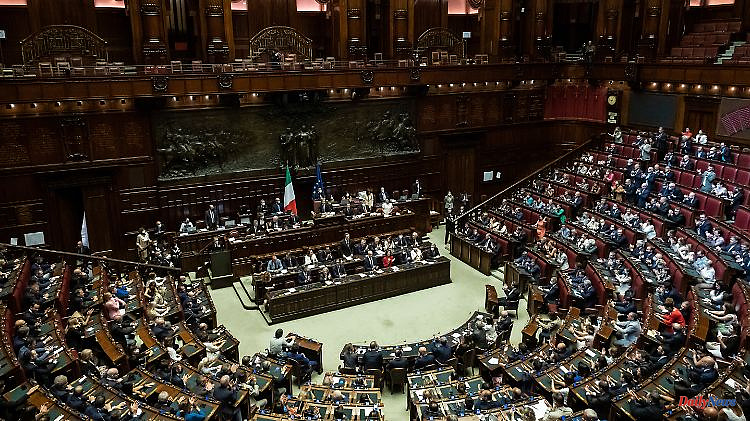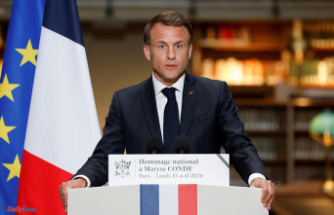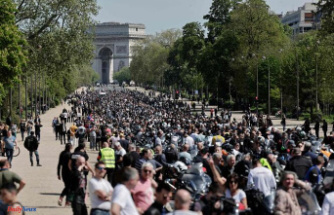Setting the political course in Rome: The election in Italy is not just about the balance of power in the Italian parliament. A clear shift to the right is emerging in southern Europe. How clearly do Berlusconi, Salvini and Melonis win?
Big election day in Italy: early parliamentary elections took place in the third largest economic power in the European Union on the last Sunday in September. The polling stations closed late in the evening. From 11 p.m. the counting of the votes started all over the country. More than 50 million Italians of voting age were called upon to vote on the balance of power and majority in the Roman parliament.
According to initial forecasts, the alliance around the far-right Fratelli d'Italia party won the elections in Italy. The alliance, which also includes the right-wing populist Lega and the conservative Forza Italia, is likely to get more than half of the seats in parliament, as the TV stations Rai and SkyTG24 reported unanimously late Sunday evening.
The reason for the early elections in Italy was the resignation of Prime Minister Mario Draghi in July. The former head of the ECB decided to take this step after three parties in his grand coalition refused to vote in confidence. Draghi threw in the towel, Italy must choose again.
The early elections in Italy could also help bring a prominent heavyweight of Italian politics back onto the stage: Around nine years after being expelled from the Senate for tax fraud, Italy's long-serving Prime Minister Silvio Berlusconi and his Forza Italia party have good prospects of returning to parliament. As a junior partner in a possible coalition of Italian right-wing parties, Berlusconi could also be indirectly involved in a future government.
In the parliamentary elections in Italy, a historically low turnout was already evident during the course of the election day. At 7 p.m., four hours before the polling stations closed, only around 51 percent of those eligible to vote had cast their votes, the Interior Ministry announced. In the 2018 elections, it was around 59 percent at the time.
At the end of the day, Italy registered the lowest voter turnout of its post-war period at just under 73 percent - this value could now be significantly undercut again. According to the evaluation, the inflow was particularly weak in the south of the country in the regions of Calabria, Apulia, Campania and Basilicata as well as on the islands of Sicily and Sardinia, at times well below 40 percent.
Some of the top candidates had already cast their votes in the morning, such as Matteo Salvini from the right-wing populist Lega in Milan, the social democrat Enrico Letta in Rome or central politician Matteo Renzi in Florence.
The shift to the right in Italy had already become apparent in the polls before election day. The new right-wing alliance is led by Giorgia Meloni's Fratelli d'Italia party. The nationalist and EU-critical politician could become the first woman to become Prime Minister in Italy.
"Let's make history together," Meloni tweeted that morning. Their allies, such as the Lega, also posted a number of election messages on social networks on Sunday, as they had done the day before. Meloni and her fellow campaigners ignored a requirement to refrain from such statements on the day before and on the day of the election.
There were long lines in front of some polling stations, which caused some outrage. This was also due to the fact that a strip had to be carefully torn off from the two filled out ballot papers - one each for the House of Representatives and one for the Senate - before they could be thrown into the ballot box. This additional procedure to combat voter fraud delayed the process.












